Cognitive function begins to be impacted when you lose just 2 degrees of body temperature. In temperatures below freezing, that can happen in just a matter of minutes if you’re not dressed properly.
The right clothing can quite literally be the difference between living and dying if you’re caught outside in bad weather.
Of course, keeping all of your fingers and toes and avoiding freezing to death are benefits of choosing the right clothes for cold weather, too!
Today we’re going to talk about the top considerations to keep in mind when choosing your winter clothing. Your primary goals are to stay warm and trap body heat inside.
Dress in Layers
The first and most important step to keeping warm is to dress in layers. This helps in several ways.
First, it allows you to shed some clothing if you get too warm. There’s nothing more miserable that sweating so much that your clothing gets wet, then being exposed to cold. Staying dry is extremely important if you’re planning on surviving long enough to warm your toes by a fire somewhere.
Layers also serve different functions. Your inner layer (or layers) should be made of something that wicks away sweat. A middle layer should be warm and insulating, and the outermost layer should block the wind. It’s also good to make this layer waterproof.
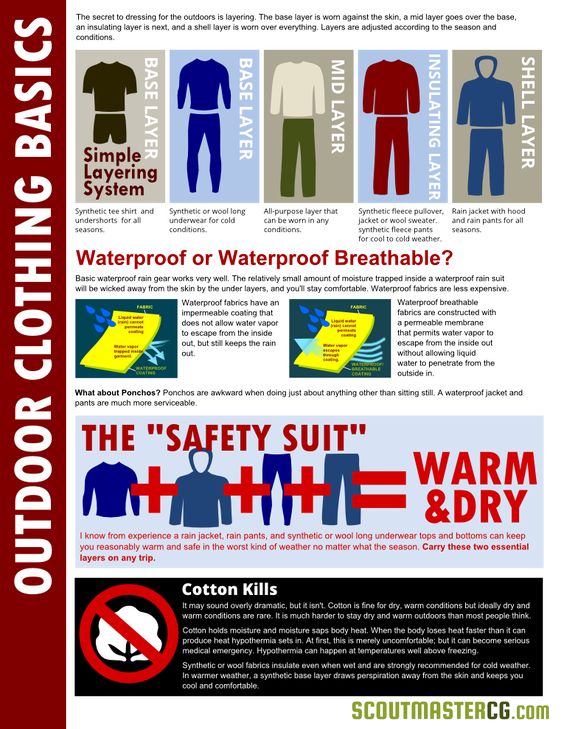
Now, most people make the mistake of only thinking about a coat; if you’re going to survive, you need to cover as much as your body as you can, while still maintaining mobility. You lose most of your body heat through your head, hands, and feet, so make sure that you keep those well-insulated.
Layer One
The first layer, your long underwear, should wick away sweat. There are any number of synthetic and natural fibers out there, but the best wicking fabric is wool. Of course, it’s also itchy. Merino wool is much softer than other wools and wicks well, but it’s a bit pricey.
Of course, you can always get really into the project and raise your own sheep and make wool yarn so that you can knit your own long underwear, but that’s not an option, or a preference, for many people.
A cheaper, less time-consuming option may be to choose something other than wool.
Polypropylene doesn’t absorb moisture at all, which makes it a great material for your bottom layer, but it’s flammable. Just keep that in mind around the campfire at night.
Silk feels great but it doesn’t wick very well. Stay away from cotton and flannel because they hold moisture. That’s bad when it comes to staying warm, because that wonderfully soft fabric that felt so good on your skin when it was dry turns into clingy, heavy material that sucks out all of your body heat when it’s wet.
Oh, and anything that sucks your body heat out is promoting hypothermia, which, if you don’t know by now, is a bad thing. It also creates a petri dish for bacteria.
Speaking of which, there are several synthetic blends out there that actually have compounds in them that inhibit bacterial growth. This isn’t really a big deal if you’re going to wear it for a day or two, but if you’re going to be in it for several days or more at a time, it’s a concern.
The Middle and Outer Layers
Your coat may serve as both the middle and outer layers if it’s stuffed with insulating material and has a wind-proof outer shell. The stuffing is the middle layer, and the shell is the outer layer.
Coats that are made to keep you warm as you go from your car to the office often offer more aesthetic incentives than functional ones. They keep you warm, but they’re not built to keep your heat in long-term or to really block wind or keep you dry.
When you’re choosing a coat for serious warming power in the real outdoors, go for a coat that has baffling – those little layers of pockets full of fluff that are sewn together, sort of like a quilt.
It’s good because it helps hold the down in place and create what coat folks refer to as loft. We normal people would probably just call it fluff or puffiness. You don’t need as much stuffing if your coat has plenty of loft.
Down coats are great, especially if you choose a good one, and they’re light. Cheaper varieties often use feathers instead of down, which aren’t as insulating. It’s all about the density of the down that traps the warm air in. You can tell how many feathers are in it by giving it the pinch test. If you can feel quills, there are feathers.
There are also good synthetic blends that offer great insulation as well as breathable yet waterproof shells that block the wind. Two common ones are polyester and nylon.
Since polyester is basically made from plastic, it has great value as an insulator and a windbreaker. Nylon is tough and doesn’t absorb much water. What it does absorb, it doesn’t hold. Instead, the moisture evaporates, making it great outer shell material.
Gloves/Mittens
You absolutely have to have gloves – think of them as a coat for your hands. For that matter, you want your gloves to have the same properties as your coat.
Mittens are the best option because they keep all of your fingers together in one warm little pocket, whereas with gloves, your fingers are isolated. It’s important that your gloves have great insulation if you choose to use them instead of mittens. Gloves do offer much more mobility than mittens.
What type of fabric you choose depends on your activity. If you’re going to be sweating, you want something breathable that wicks moisture away while keeping your hands warm. If you’re not going to be active, you may want to go for something with more insulation.
Socks and Hat
Cold feet are miserable. Not only that, they can be deadly. If you get frostbite, you run the risk of developing gangrene too. No fun. Wool socks are, again, the best because of their wicking and insulating properties, and cotton socks are the worst. Just as with coats, there are blends that work wonderfully, too.
If you want, you can always buy a coat with a hood. There are some limitations when you’re wearing a hood versus a hat, though, so if you opt to go with a hat, follow the same rule as you do with socks. Wool is good because it’s both insulating and wicking.
Oh, and don’t forget to cover your face. Your nose is one of the quickest appendages to freeze, so cover it up! A good wool balaclava will keep your head, face, and neck warm and toasty.
Choosing winter clothing that will keep you warm every day and alive if SHTF doesn’t have to be difficult, but you should consider your environment and assess your needs (durability, flammability, etc.) before investing in good outdoor clothing.
Some things you can skimp on, but this probably shouldn’t be one of them. Buy the good stuff – your life may depend on it at some point.
This article has been written by Theresa Crouse for Survivopedia.


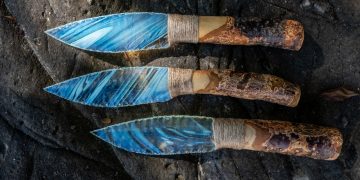
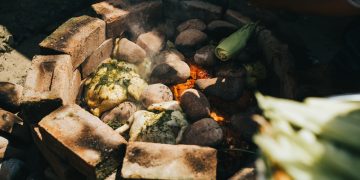
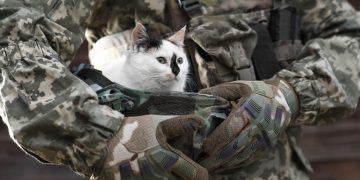
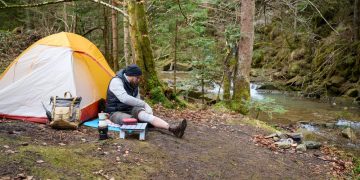

















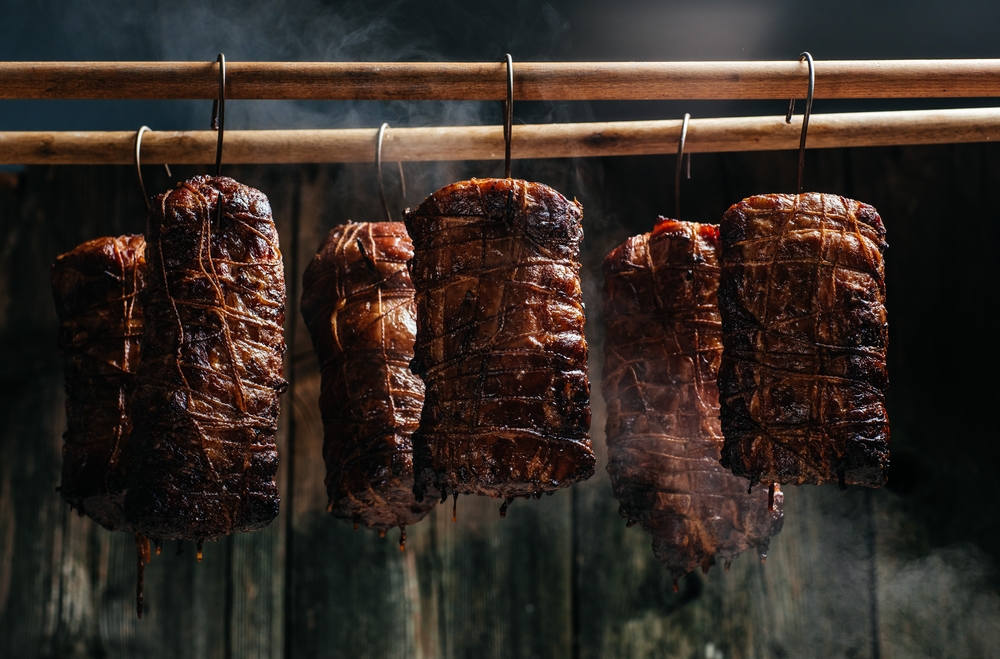
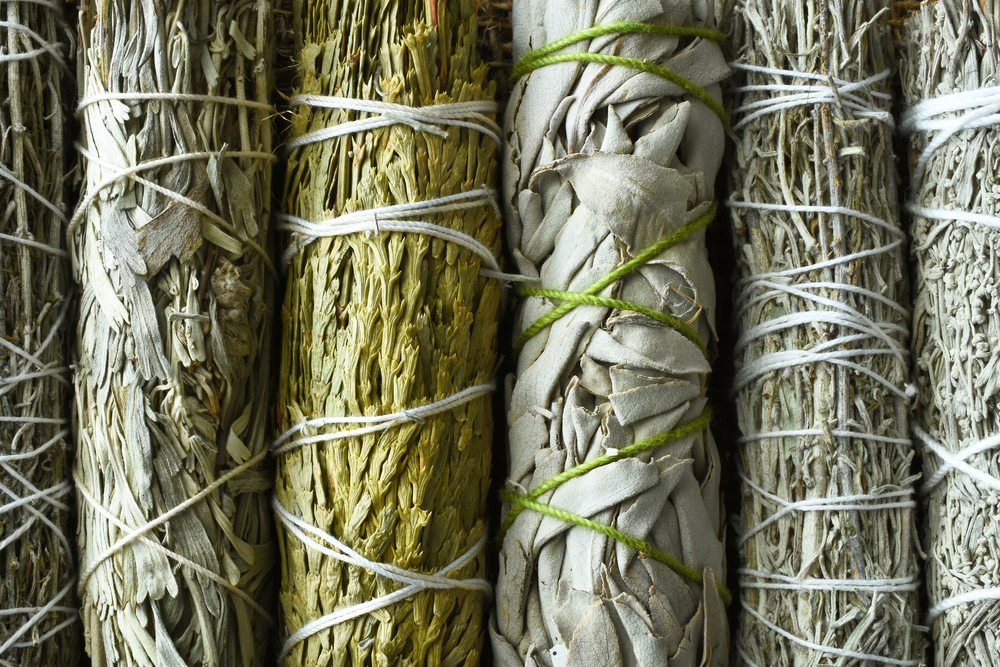
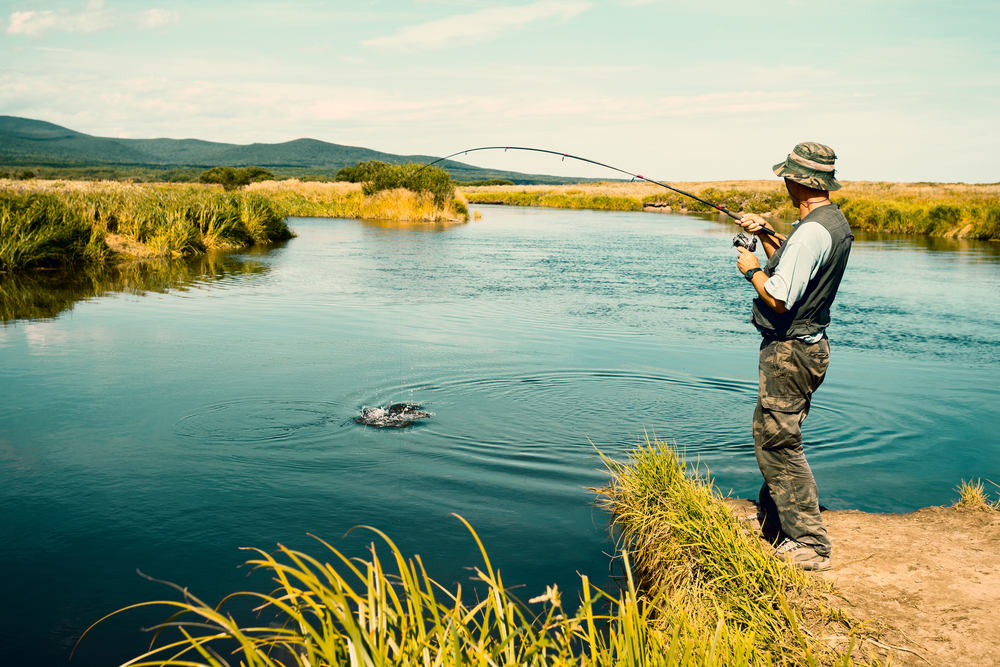

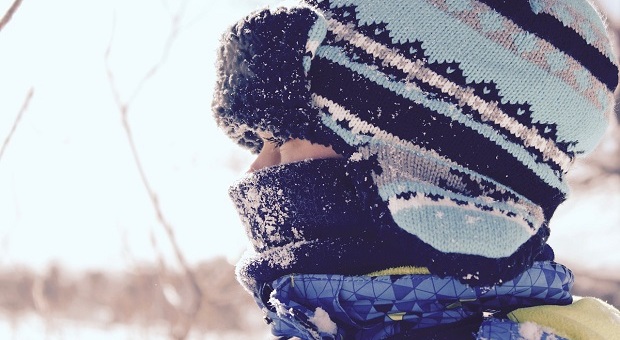
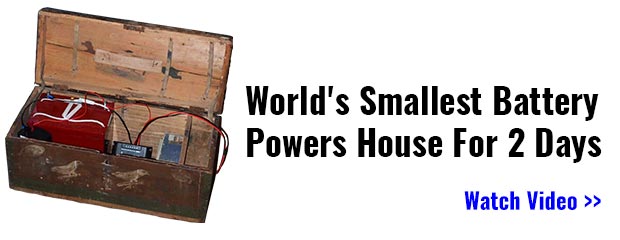


























































First, I best mention being born in the Crowsnest Pass, in SW Alberta, about 77&5/6 years ago. Feet need 3 layers, executive length nylon socks, then stretchy aluminum-sprayed insulsocks, then heavy duty wool socks. Inside of felt socks, in Sorrel rubber-bottom, leather-top winter boots. Add a heavy-duty nylon-mesh insole, and a felt insole, below the felt sock, for coldest temperatures (used the system on Banks Island, when we saw -65°F, in November, many years ago).
Your legs need wool dual-layer long-john bottoms, plus insulated long-john bottoms, inside rugged blue jean work pants. The prohibition against cotton is silly, for outerwear, in fact _nylon_ is dumb, because sparks from a campfire will melt holes in it! On top of the blue jeans, I wore either my S.E. Woods down-filled snowmobile suit, or my Helly Hansen bib overalls (insulated). The Helly Hansen idea, many zippers, is great because there are many ways to adjust the zippers for ventilation, when active, then close all for warmth when standing still behind the Survey Instrument.
A cotton undershirt, topped with a dual-layer longjohn top, then a work shirt (cotton), for indoor wear. Preparing for outdoor work requires adding a long-torso insulated vest (L.L. Bean makes a great one), topped with the zippered top for the insullated longjohns. Outerwear is either the S.E. Woods Snowmobile suit, or the parka top for the Helly Hansen Insulated set. An auxilary hood c/w a deeply foldable fur-rimmed edge, is needed. Face protection is best done by using a felt face-mask, and snomobile goggles. If you wear glasses, cut slots in the sides of the facemask, and sew around the slot using the ‘buttonhole’ stitch.
Hands must have winter gauntlets, with removeable liners. The liners must have gauntlets, as well, because the sleeve-to-glove (mitten) interface is where lots of folk acquire frostbite! If must wear gloves for a short time, use the gaiters sold to x-country skii folk, to cover the gap (they can even be pulled forward to cover palm, palm & knuckles, or even up to cover the fingertips. The nylon ones shed snow and rain well = only use for nylon outerwear, in winter that I remember.
There _is_ an excellent, very flexible painters’ goggle-set, which fits over eyeglasses, that I have worn during recent snow-shovelling, in -20°C temperatures, here in Lethbridge, Alberta, which did not fog up.
Head covering is a Ukranian Block Heater (buy at helicopter ski shop, west of Invermere, BC), topped with a balaclava, topped with a toque. Carry an 8 foot long scarf, for wrapping twice around neck, outside of parka hood, or for wrapping around head, then neck, if conditions really suck.
Yes, I am a retired Seismic Surveyor, who was silly enough to go survey in the Canadian High Arctic, more than the once-for-experience! {Joke: Go once for experience, twice proves do not learn from experience, 3 or more == very bad at proper use of little word “NO”!
LOL blue jeans as a layer of warmth or insulation in winter?? you’re kidding, right?
Once jeans get wet they stay cold & wet for days, & have very little value in insulation.
Hi, make a article about having a candle in your car. I use a small can/with lid that I drilled holes in for oxygen/ventilation. About 4 in diam. Big fat candle with matches. It will keep you from freezing to death if you are trapped in the car.
Down is a great insulator, but only if it stays dry. The best down parkas are Gore-Tex or similar. Gotta keep it dry as when down gets wet it completely loses it’s ability to insulate.
The best way to keep from becoming a number in a news report. K.I.S. Keep it simple. I have a tote full of winter gear that goes in my ruck at the start of winter and stays until spring. Buy wool surplus gear, and two or three $20 sleeping bags. Add some energy bars and water. The thick wool WILL itch, it will not kill most. The only thing pocking out are my eye balls, then I would get in my stack of sleeping bags and sleep. I winter fish in Idaho with this and sleep all night in less than 10* F. And you know I don’t get cold.
WOW!!! How dumb do they think I am??? I have a whole shopping bag of t-shirts and shorts…not to mention a nice pair of comfy loafers!!!
That’ll get me through the year…